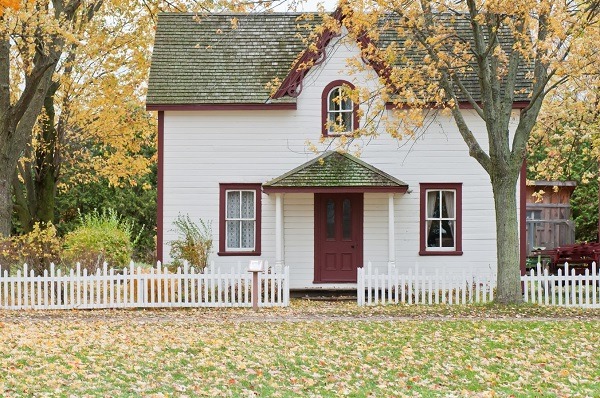Tree removal near home
Planning ahead is very important. Especially if you live in an area that is prone to storms. Most homes receive damages due to falling trees and limbs. Sometimes the roots grow into the foundation as well. It is important to keep the trees near your home maintained. There may be situations where you will have to remove a tree near your home. To find Professional arborists in Brisbane check out iSeekplant.
Proper equipment
Proper equipment is the key to your success. You should test your equipment and make sure it is working properly before you set off on your tree cutting adventure.
Tree cutting tools
Protection: Safety glasses are a must when cutting to make sure that your eyes are protected. It is very easy for debris to fly into your eyes and cause damage. Wear proper clothing. Instead of wearing shorts select a sturdy pair of pants.
Chainsaw: One of the most important pieces of equipment that will need to be used is a chainsaw. A chainsaw that has around 3.5 horsepower and a bar that is 20 inches will be sufficient for most trees.
Rope: As a safety measure in making sure your tree has a more controlled fall use a 1000 LB test rope. The length of the rope needs is around three times or more longer than the length of the tree.
Getting started
- Remove anything around the area of the tree that will be damaged by falling debris.
- Figure the height of the tree. For example, if your home is a single-story 12-foot high roof and the tree is double the height of your house then your tree is roughly around 24 feet.
- Tie the end of the safety rope to the middle of the tree or a little bit above that area.
- Determine the Direction you would like for the tree to fall.
- Have the person who is assisting you hold the other end of the rope. The assistant should stand a safe distance away from the tree. They can slightly pull on the rope in the direction that you would like for the tree to fall safely away from your property.
- Cut a notch in the shape of a V on the same side that you would like for your tree to fall.
- Make sure that the notch that you cut Should reach the center of the tree. The notch should be about 3 feet above the base of the tree.
- On the other side of the tree start cutting until you reach the center or meet the notch that you made on the opposite side.
- The tree will begin to lean toward the side in which you cut the notch. Walk a safe distance away from the tree without turning your back to the tree. At the same time your assistant should pull slightly on the rope to assure the tree will fall in the direction that you choose.
- Remove the tree stump.
Removing a tree stump can be more challenging than cutting the tree down. There are different tools you can use to aid you in this process.
Stump Rot: It is a liquid chemical that you pour into your tree stump. This is similar to round up but formulated for trees. It is more effective if holes are cut into the stump. If you are nervous about using chemicals, there are some home remedies to you can pour on the tree stump. A famous remedies people use is Epsom salt. Some swear by it, and others don’t like it.
Stump Grinding: You can rent equipment that will grind the tree stump up. This will make it much easier to dig what’s leftover out of the ground.
Burn Method: Drill holes into the stump. Apply the proper liquid lighter fluid. For best results ask your local home improvement store. Different areas will have different products. At a safe distance set fire to the tree. It is important to know the burning laws of your area and flag alert days. It might be best to get more advice from your local fire department.
Make sure you stay safe on your tree removal journey.

